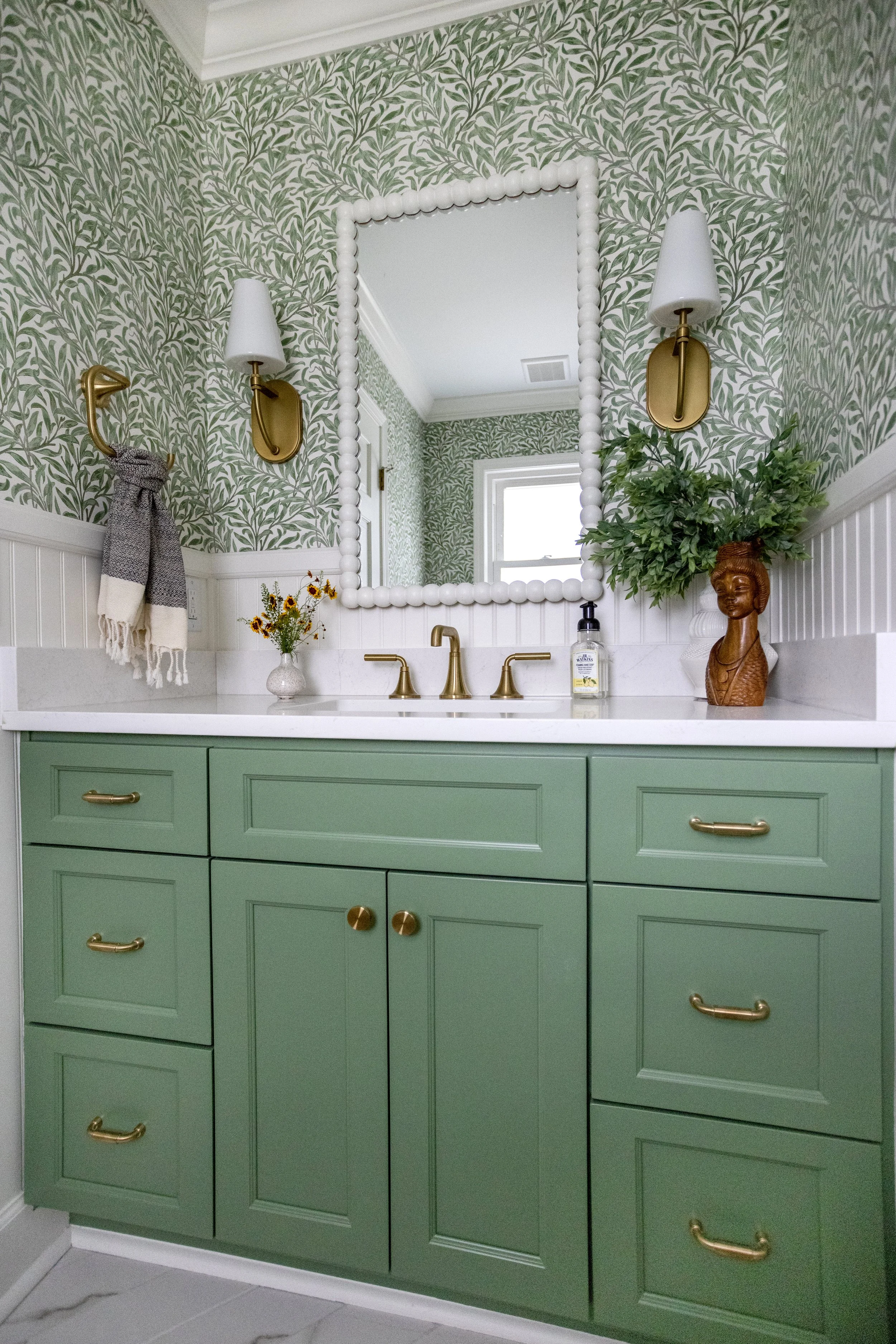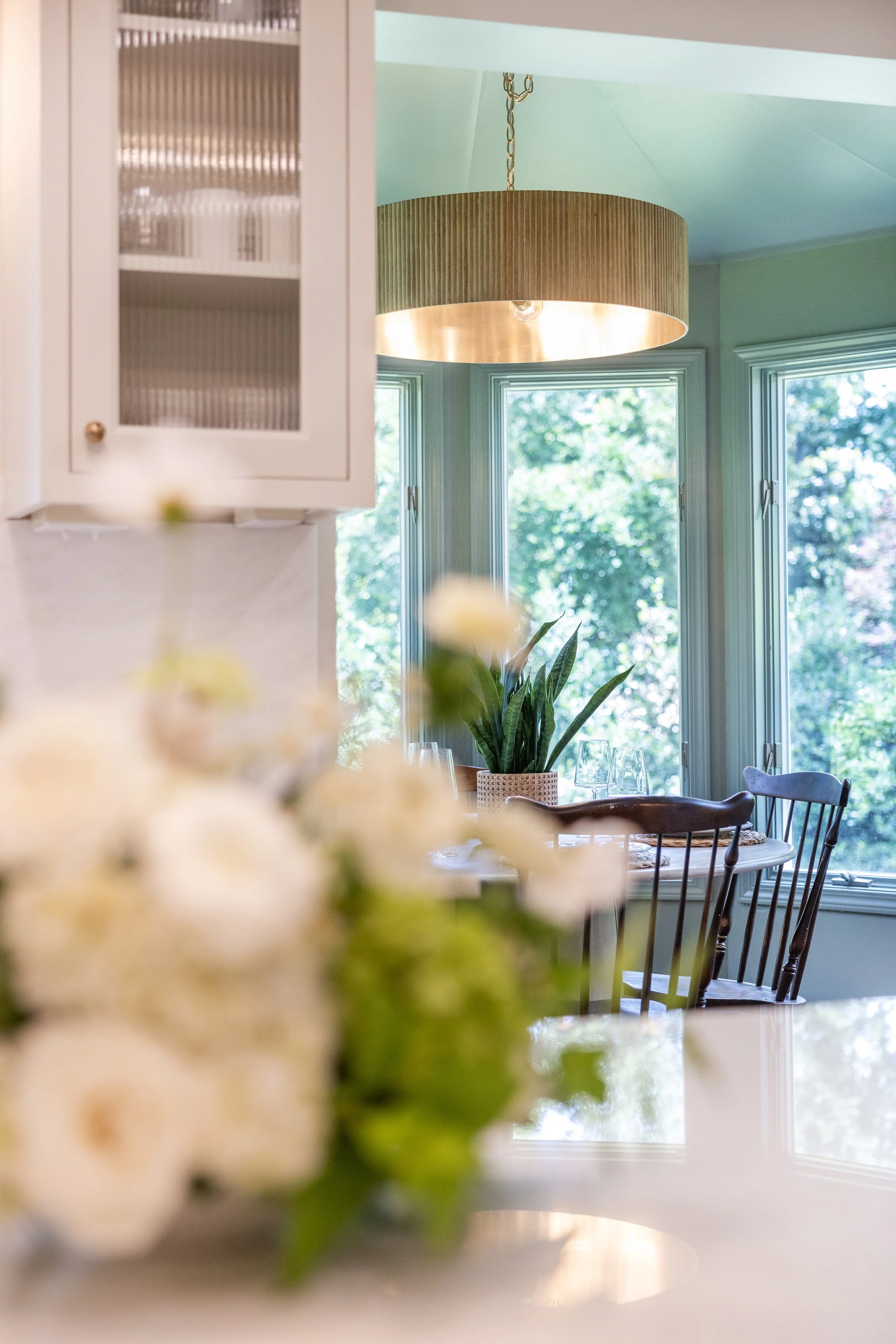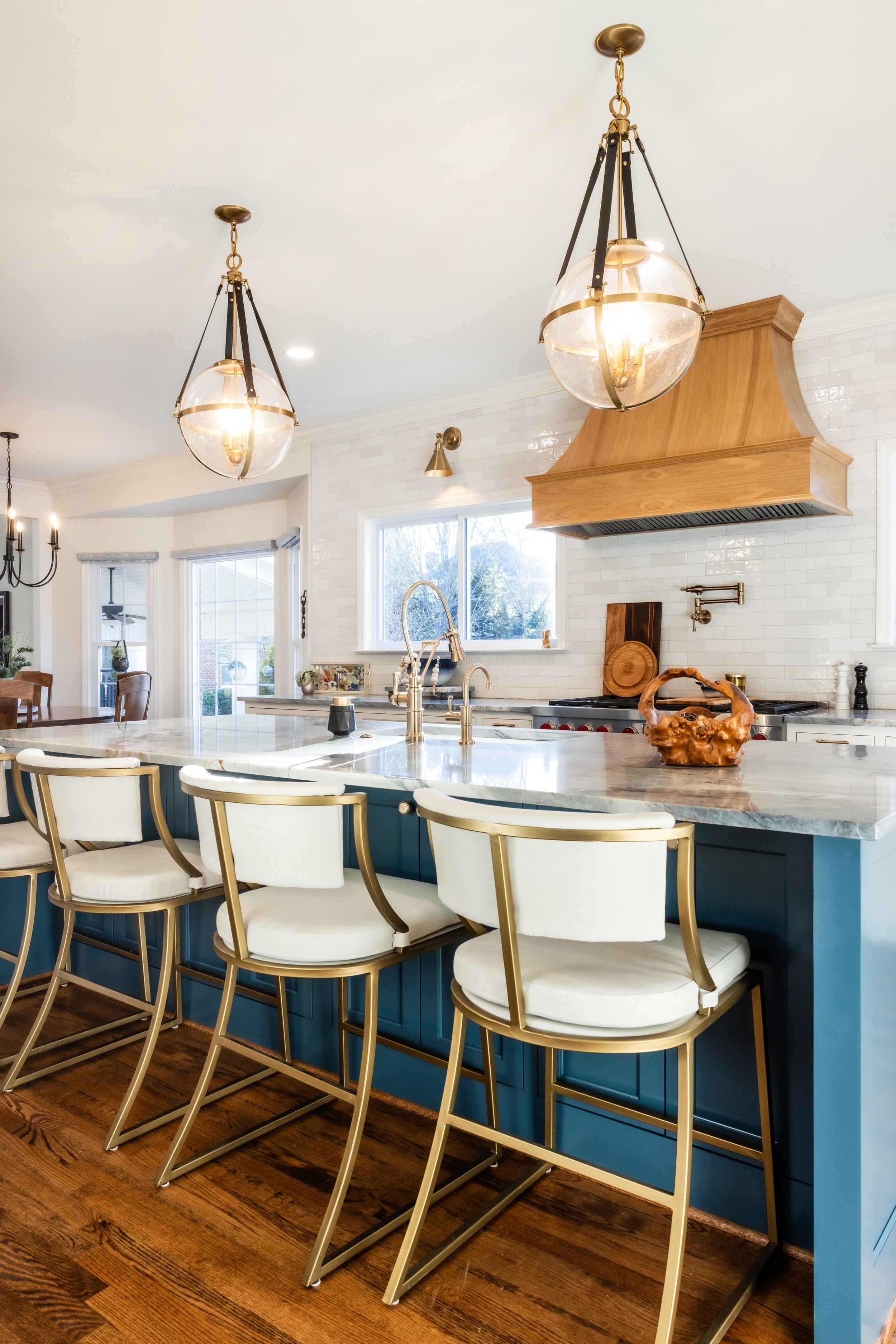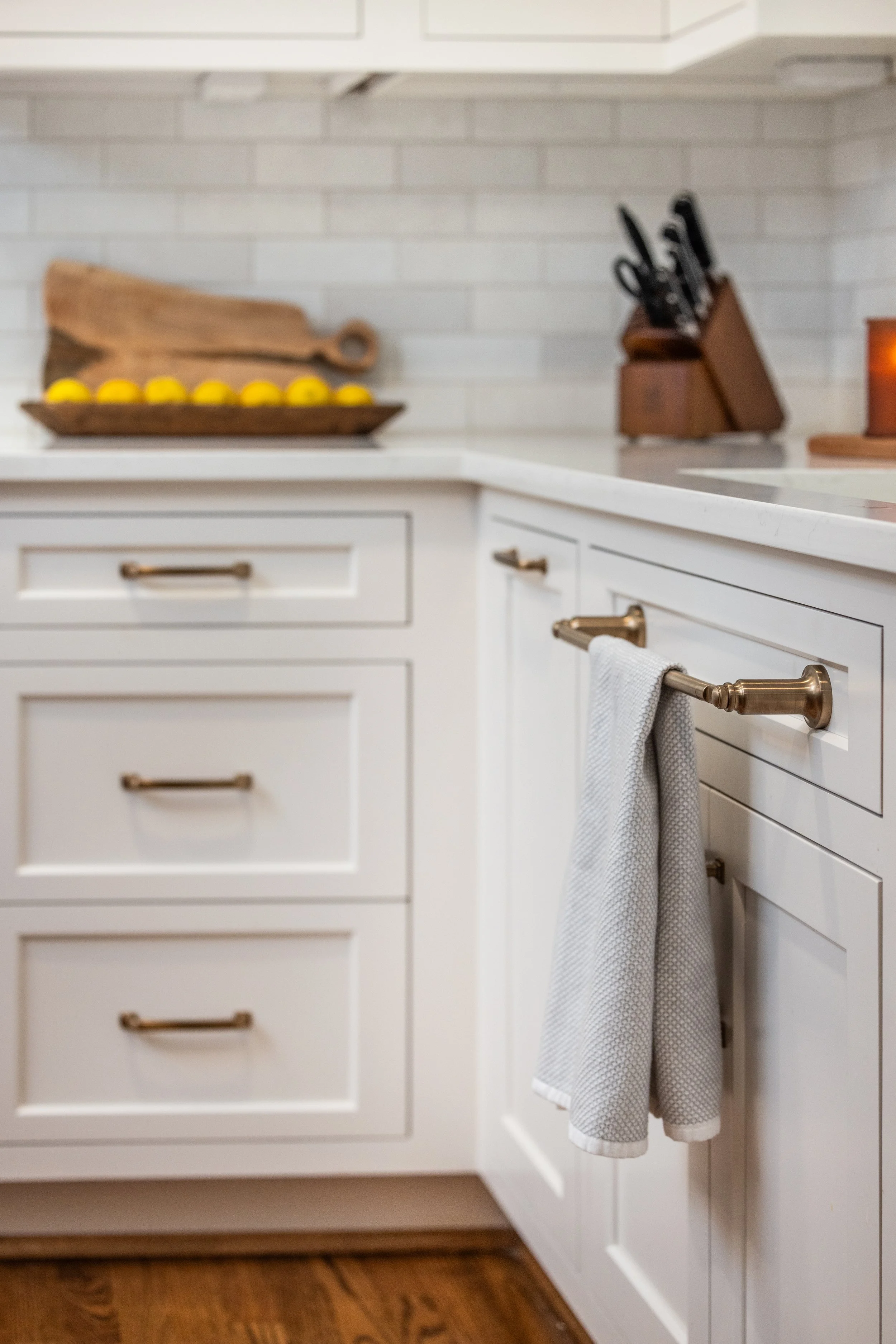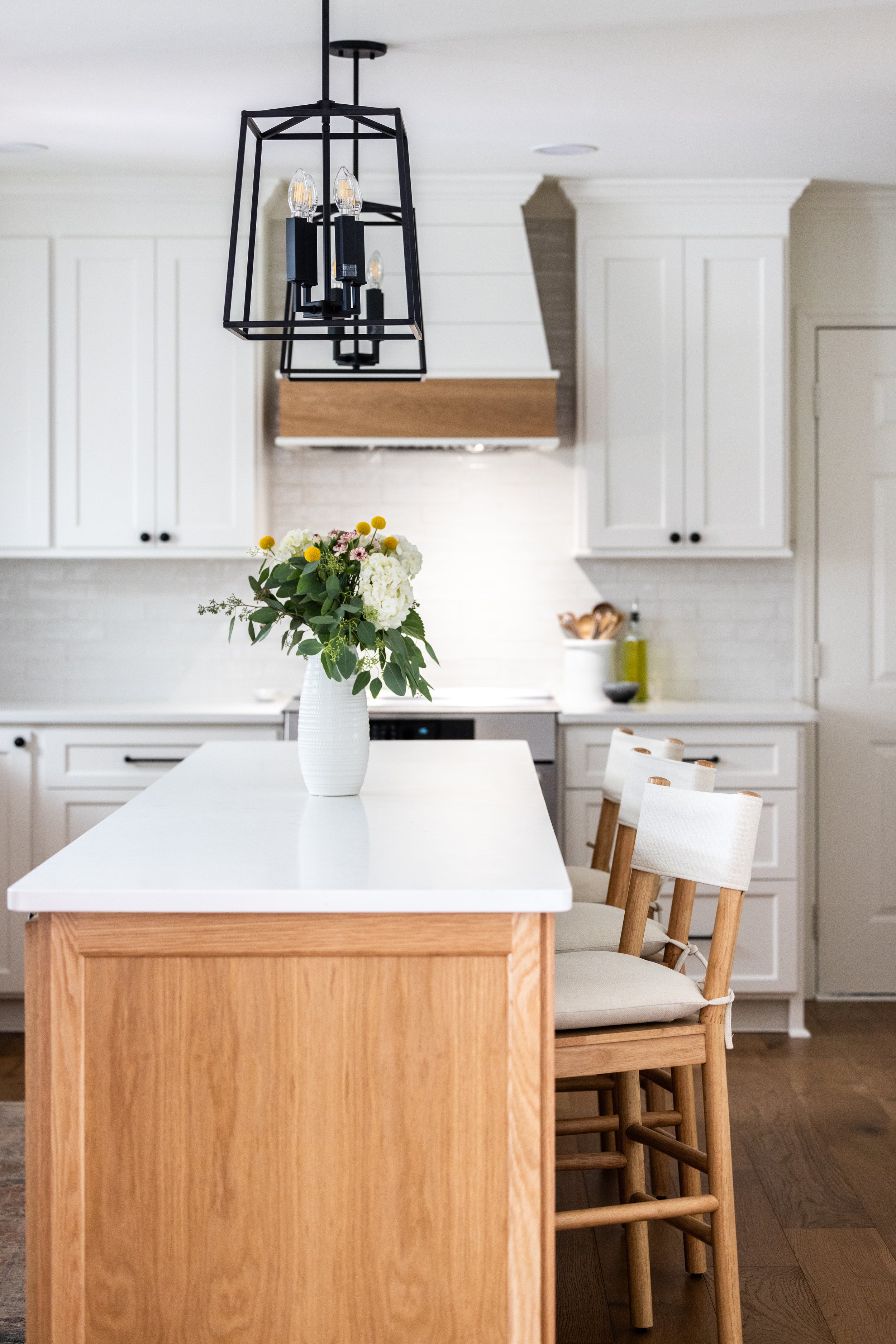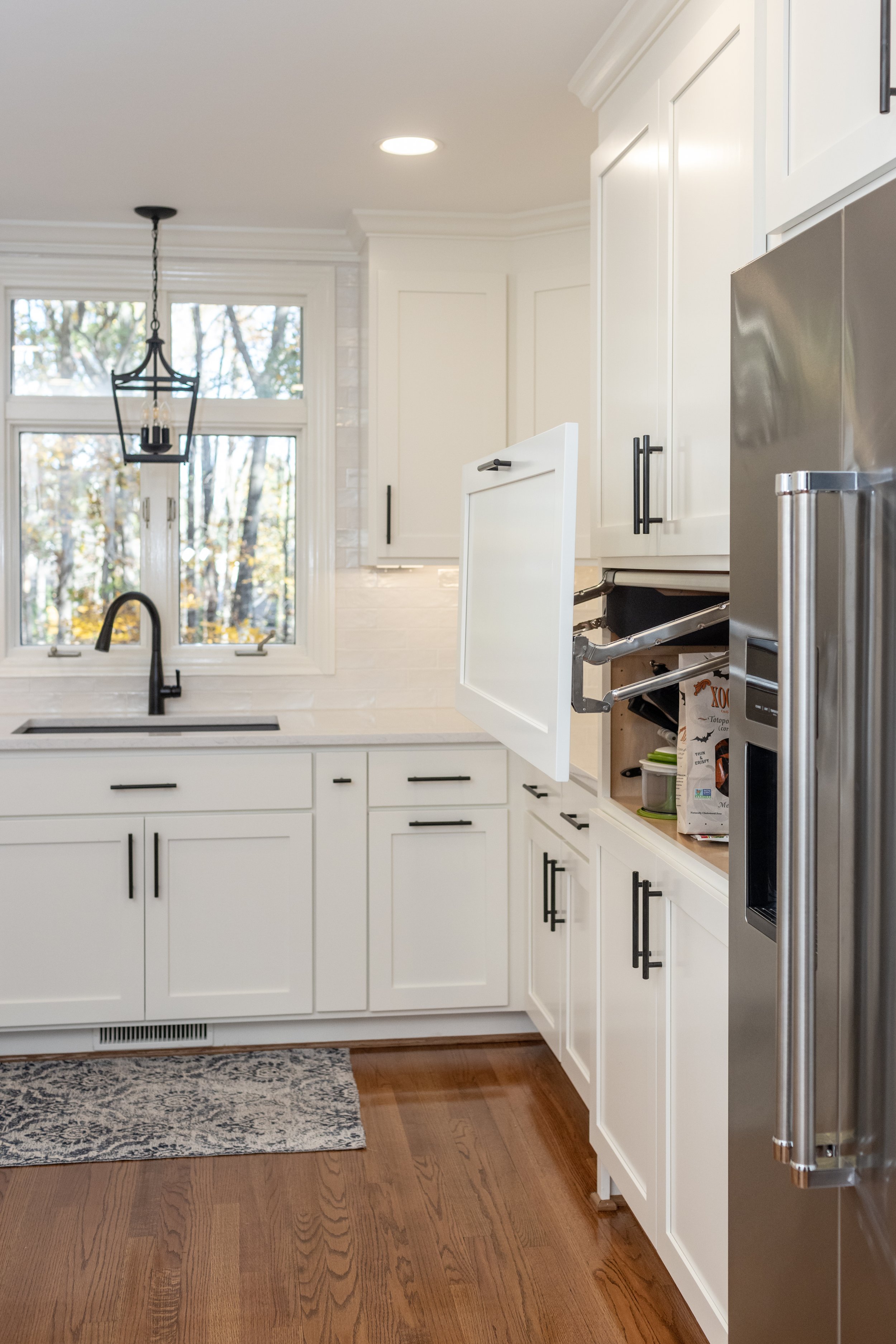What Is Transitional Style? A Guide to Timeless Interior Design
When it comes to interior design, finding the perfect balance between classic elegance and modern sophistication can be a challenge. Enter transitional style—a harmonious blend of traditional and contemporary design elements. Transitional style is perfect for those who appreciate timeless aesthetics but also want to incorporate modern trends. In this post, we’ll explore what defines this versatile design approach and how to achieve it in your home.
A Greenville, SC home gets a multi-room remodel in a transitional style
What is Transitional Style?
Transitional style bridges the gap between traditional and contemporary design. It takes the best aspects of each—such as the warmth and richness of traditional designs and the clean lines and simplicity of modern aesthetics—and combines them to create a cohesive, inviting space. This style is characterized by its neutral color palettes, functional furniture, and thoughtful layering of textures and patterns.
One of the key features of transitional design is its adaptability. It doesn't rely heavily on trends, making it a timeless choice for homeowners. The focus is on creating spaces that feel comfortable yet refined, striking a perfect balance between formal and casual.
Key Features of Transitional Style
1. Neutral Color Palettes
Transitional spaces often feature soft, neutral colors like whites, creams, taupes, and grays. These hues create a calm and cohesive backdrop that allows furniture and decor to shine. Accents in muted tones like navy, olive green, or soft blush can add a subtle pop of color without overwhelming the space.
2. Furniture with Clean Lines
Furniture in transitional design combines the ornate details of traditional pieces with the simplicity of modern silhouettes. Look for sofas and chairs with sleek profiles, soft curves, and neutral upholstery. Avoid overly ornate carvings or overly minimalist designs; the goal is to find a happy medium.
3. Layering Textures and Materials
To add depth and interest, transitional spaces often incorporate a variety of textures and materials. Natural materials like wood, stone, and metal are frequently used to create a balanced and inviting look.
4. Thoughtful Accessories
In transitional spaces, accessories are kept to a minimum but are carefully chosen to enhance the overall aesthetic. Decorative pillows, area rugs, and art pieces often feature subtle patterns or textures. Lighting plays a key role too, with chandeliers, pendant lights, and table lamps adding both function and style.
How to Achieve Transitional Style in Your Home
If you’re looking to embrace transitional style, start by decluttering your space and focusing on a neutral color scheme. Invest in versatile furniture that blends classic and modern elements. When decorating, aim for balance—mix sleek finishes with softer textures and incorporate both traditional and contemporary decor pieces.
Don’t be afraid to experiment with layering. A transitional space often relies on combining different styles and materials, so feel free to blend a vintage-inspired mirror with modern artwork or pair a contemporary light fixture with a traditional dining table.
Transitional Design Inspiration: Multi-Room Remodel
Kitchen
Powder Bath
Laundry
Before and After Gallery




Transitional style is perfect for those who value both comfort and elegance. It offers the flexibility to evolve over time, allowing you to refresh your space without completely overhauling your design. By embracing this style, you can create a home that feels timeless, welcoming, and uniquely yours.
Selections
Tile selections from Clayton Tile.
Barrington Quartz countertops sourced from Upstate Granite Solutions.
Plumbing fixtures and accessories purchased from Ferguson.
Island pendants by Savoy House in warm brass finish.
Bathroom sconces by Kohler Lighting.









































